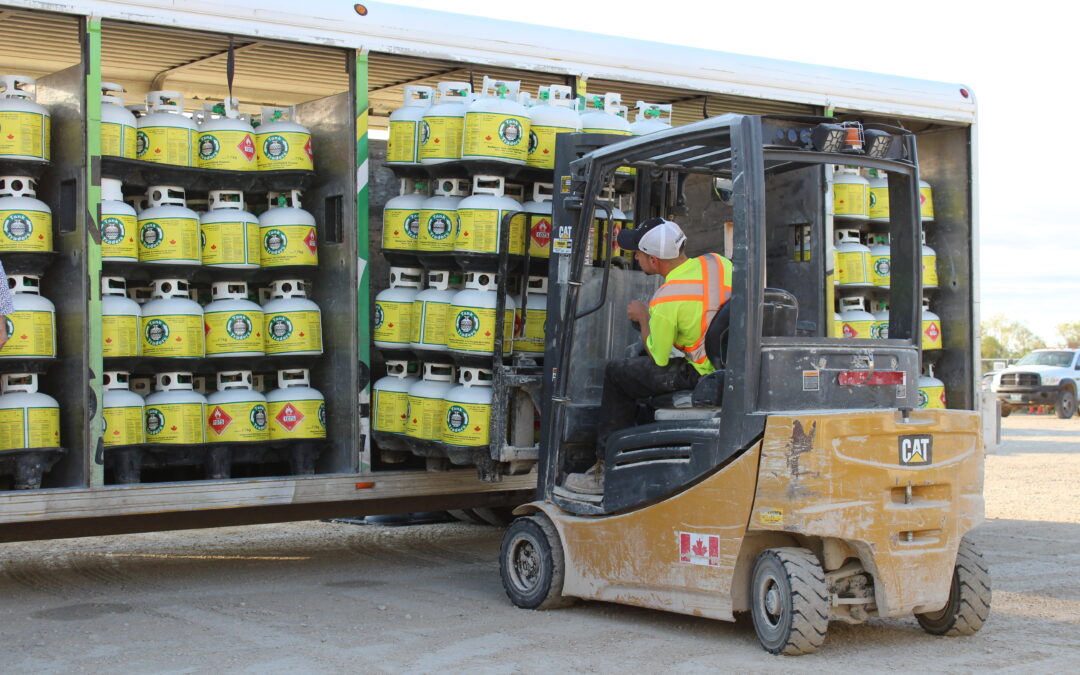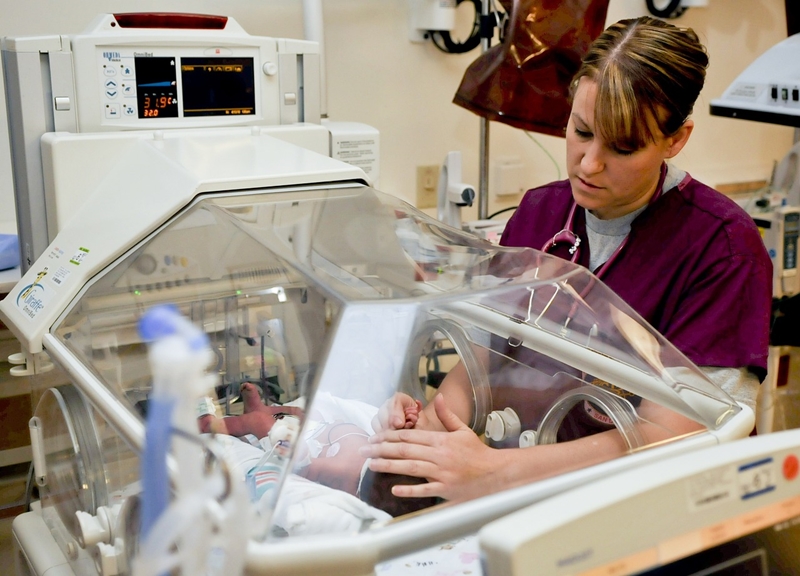We now have a clearer picture of how the global COVID-19 pandemic affected the labour market and businesses of the Grand Erie area in 2020.
The Grand Erie region – encompassing the City of Brantford, Counties of Brant, Haldimand and Norfolk, as well as the indigenous communities of Six Nations of the Grand River and Mississaugas of the New Credit – is home to a diverse set of employers and employees, all of whom were impacted by the pandemic.
Business owners struggled. Thousands of workers were laid off. Others adapted to working virtually. Meanwhile, people in some occupations were more in-demand than ever.
The recovery is ongoing and there is much work to be done. As businesses recalibrate, they are identifying skills in-demand that have increased significantly to adapt to the future of work. Some of these skills are: adaptability/flexibility; resilience; teamwork/interpersonal skills; digital fluency and customer relations.
The 2020-2021 Local Labour Market Plan: Recalibrating: Building a Robust Workforce in Grand Erie published by the Workforce Planning Board of Grand Erie, describes how most employers and employees in the Grand Erie region experienced major disruptions in 2020. The report also describes what work needs to be done in 2021 to ensure our local labour force and economy continues to recover.
Here are some highlights from what took place in the 2020 Local Labour Market.
Grand Erie Labour Force
In November 2019, Brantford hit a record low unemployment rate of 3.1%. Within the same time frame, the number of jobs in Norfolk County dropped by around 700, raising the unemployment rate there to 6%.
During the early months of COVID-19, employment dropped significantly across almost all sectors. Between January and May 2020, almost 9000 jobs were lost in the Grand Erie region, most within the service sector, construction and manufacturing. Meanwhile, employment in health and education occupations increased slightly. In June 2020, pandemic related business closures pushed up the unemployment rate in Brantford to above 12% and 10% in Norfolk County.
Businesses began to recover during the summer and fall of 2020, with employment almost at January 2020 levels according to Statistics Canada. However, many of these job gains were not in the same sectors or occupations as the jobs lost.
In 2019, males made up 59% of all full-time workers and 29% of all part-time workers. While male part-time work increased slightly in 2020, male full-time employment remained stagnant.
More part-time work within Brantford was taken up by females, who made up 71% of the part-time workforce and 41% of the full-time workforce.
An examination of sex and age-related labour force survey trends reveal, quite clearly, that COVID-19 has affected some groups more than others
Gender data also reveals some differences. Many men lost their full-time jobs in sectors such as manufacturing and construction due to COVID-19 related closures. Meanwhile, among women, part-time workers were disproportionately affected. Two of every three females that lost their jobs in March were previously employed in part-time work, mainly in sectors where this type of work is more common – like accommodations, food services and retail.
This uneven distribution of work has been amplified by the pandemic; female part-time employment grew in 2020 at a fairly steep rate. Meanwhile, many females in full-time work lost their jobs.
2020 data indicates that the year’s local youth unemployment rate was almost double that of 2019. Both participation and employment among youth have since increased, but these continue to remain below pre-pandemic levels as of December 2020.
Within the core working age group, local unemployment drops have been fairly low throughout the course of 2020 and among adults aged 55 to 64, employment grew following a dip in the spring
Population
Grand Erie’s population of an estimated 270,000 residents is aging. As of 2019, the average age of Brant residents was 41, and that of Haldimand-Norfolk was 43.5. Across all regions, younger core-working age adults (aged 25 to 44) make up the smallest proportion of the population, while older adults (aged 50 to 65) make up the largest population group.
Individuals in professional occupations (requiring university education) make up around 20% of Grand Erie’s labour force, while people in labouring occupations (requiring no formal education) make up around 15%. Of the remainder, approximately one-third are in technical and skilled occupations and the other one-third are in intermediate occupations.
Job search trends captured by Grand Erie Jobs between June and December indicate that around 40% of job seekers were looking for professional occupations such as registered nurses, retail managers and financial officers. However, only 12% of jobs posted in Grand Erie required this skill level. Inversely, people with no formal education made up around 9% of job seekers between June and December 2020, but 12% of postings were for labouring occupations such as cashiers, light duty cleaners and construction trades helpers.
Industry
Over the course of 2020, employment in Grand Erie’s goods producing sector has plummeted significantly, while the service sector has been picking up since the initial pandemic shutdowns in the spring.
Employment in Grand Erie’s goods producing sector typically dips in the late winter months. The early 2020 drop in employment within goods-producing industries does not appear particularly significant, especially when compared to the years prior. However, we saw a much slower climb in employment within this sector in the summer of 2020, and some additional jobs were lost in the fall. Much of this is because our main goods-producing industry, manufacturing, has been on the decline. These declines were offset by increases within other goods-producing sectors – such as agriculture and construction.
The service producing sector, on the other hand – which employs a lot more of our region’s workforce – is less predictable. The sector experienced a gradual decline in employment throughout 2019 and plummeted during April/May due to the pandemic. This sector has since been on the rise; since June 2020, almost 6000 individuals entered service sector jobs in Grand Erie.
The manufacturing sector continues to hire the largest number of Grand Erie residents, but this sector has decreased in workforce size over the last few years. The COVID-19 pandemic augmented this trend. Between December 2019 and December 2020, the manufacturing sector shed 2,400 jobs in Brantford – a 16% drop.
The wholesale and retail trade industry is the second largest sector by employment within Grand Erie. Over the last 5 years, employment in this sector grew by 26%. In 2020, this sector experienced the greatest job gains after a steep dip in the spring, with over 3,900 new employees gained between December 2019 and December 2020. Interestingly, in the same timeframe, the number of retail businesses dropped by 3%, mostly because of declines in the number of micro and small businesses.
Occupations
Sales and Service Occupations. Between January and March 2020, around 3,800 sales and service jobs were lost, bringing this occupational group to Jan 2016 levels. Sales and service occupations have seen significant growth since, with 7,400 more employed between May and December 2020.
Trades, Transport and Equipment Operators and Related Occupations – These occupations experienced modest growth between 2016 and 2019 but lost around 2,800 jobs between Jan and May 2020. Recovery was slow during the fall and picked up towards the winter months; between May and December, trades related employment grew by 3,400.
Business, Finance and Administration Occupations – These occupations have not changed significantly over the past 5 years, and have experienced a slow, but steady decline since early 2020. The sector gained jobs during the first few months of the pandemic but has since returned to Jan 2020 levels.
Occupations in Manufacturing and Utilities- These occupations grew by around 3000 between Jan 2016 and Jan 2020, but lost almost all these jobs in the early months of 2020. This occupational group is beginning to make strides towards recovery as of December 2020.
Occupations in Education, Law, and Social, Community and Government Services- These occupations declined by around 2,500 jobs between Jan 2016 and Jan 2020. After a slight decline in spring 2020, these occupations picked up again during the summer, but have since been on the decline.
Wages
Income data from 2014 to 2018 indicates that the proportion of low-income earners is decreasingly slightly, while the number of individuals employed at jobs paying more than $25,000 is increasing.
In 2018, the median wage in Brantford CMA was $36,380. Females made around $11,000 less on average, but the gap between male and female income is narrowing slightly.
Read about Ontario’s Labour Market
Read Statistics Canada Labour Force Survey












